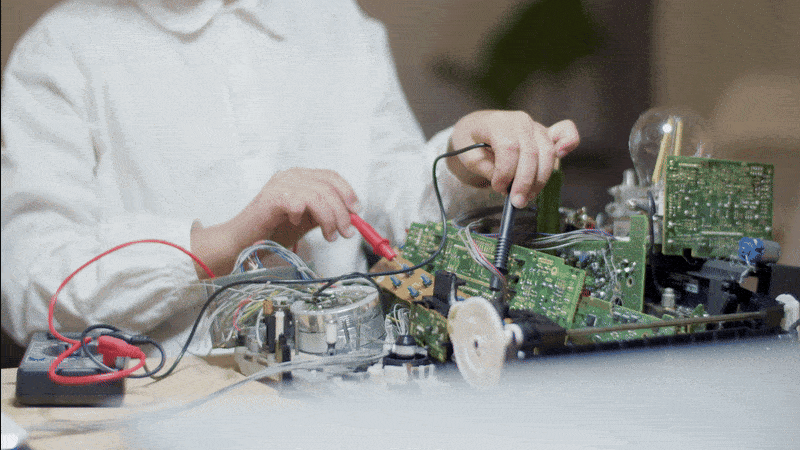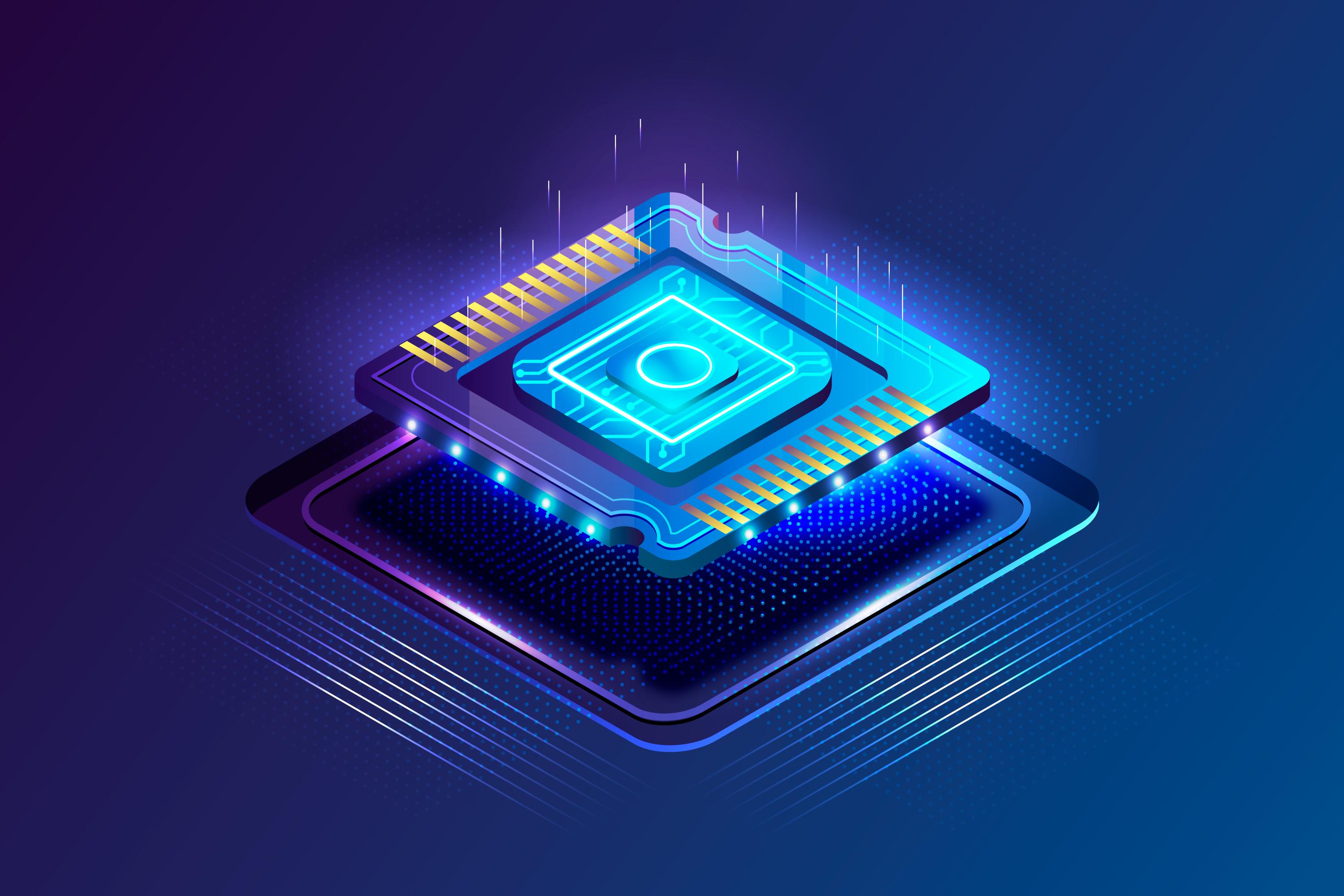Physical design engineering is a crucial aspect of the broader engineering discipline, focusing on the creation, optimization, and realization of complex products and systems. It involves a wide range of processes, from conceptualizing designs to finalizing the product for manufacturing. As we look toward the future, physical design engineering is rapidly evolving, driven by technological advancements and changing market demands. This article will explore the future of physical design engineering, emerging trends, and the opportunities that lie ahead for engineers in this field.
Understanding Physical Design Engineering
Physical design engineering refers to the process of transforming an abstract concept or a theoretical model into a tangible, functional product or system. This includes the development of the design specifications, the use of computer-aided design (CAD) tools, prototyping, testing, and validation. Physical design engineers often collaborate with other engineering disciplines, such as electrical, mechanical, and civil engineering, to ensure that designs meet functional, safety, and regulatory requirements.
The field has traditionally focused on sectors like manufacturing, automotive, aerospace, and electronics. However, with the rise of new technologies, the scope of physical design engineering has expanded. Engineers in this field now play a vital role in the development of smart devices, robotics, renewable energy systems, and more.
Future of Physical Design Engineering
A Vision for Tomorrow
As we look ahead, the future of physical design engineering is poised for significant transformation. Several key trends are expected to shape the way engineers approach design challenges, streamline processes, and develop next-generation products.
Increased Automation and AI Integration
One of the most exciting developments in physical design engineering trends is the integration of artificial intelligence (AI) and automation. Engineers are increasingly using AI-powered tools to automate various aspects of the design process, such as material selection, structural analysis, and optimization. AI can analyze vast amounts of data to identify the most efficient design solutions and predict potential problems before they occur.
Automation tools, including generative design software, enable engineers to create thousands of design alternatives in a fraction of the time it would take through traditional methods. By leveraging machine learning algorithms, designers can optimize their designs for performance, cost, and sustainability.
The physical design engineering trends will see even greater reliance on AI-driven tools, significantly reducing the time it takes to go from concept to prototype. This trend will also democratize design by making powerful design tools more accessible to smaller teams and even individual engineers.
Sustainability and Eco-Friendly Design
As environmental concerns become more urgent, sustainability has emerged as a core focus of physical design engineering. Moving forward, physical design engineering will prioritize eco-friendly materials, energy-efficient designs, and sustainable production methods. Engineers will need to innovate to create products that minimize waste, reduce carbon footprints, and use resources more efficiently.
Designing for sustainability requires a deep understanding of the environmental impact of materials, manufacturing processes, and product life cycles. Engineers will need to collaborate with environmental experts to ensure that their designs align with the growing demand for green technology and meet regulatory standards for sustainability.
This trend presents exciting opportunities for engineers to create products that have a positive impact on the environment while also meeting consumer demand for eco-conscious solutions. The rise of green building certifications, such as LEED (Leadership in Energy and Environmental Design), is already influencing physical design engineering in industries like construction and architecture.
3D Printing and Additive Manufacturing
Additive manufacturing, commonly known as 3D printing, is revolutionizing the landscape of physical design engineering. This technology allows engineers to create highly complex, customized products with greater efficiency and precision. Unlike traditional manufacturing methods, 3D printing enables the production of parts with intricate geometries that were previously impossible to manufacture.
The use of 3D printing also reduces material waste, further contributing to sustainability efforts. It allows engineers to produce prototypes and end-use parts quickly, reducing the time and cost associated with traditional production methods.
In the coming years, 3D printing and additive manufacturing will continue to evolve, offering new materials and capabilities. The rise of 3D-printed homes, for example, illustrates how this technology is expanding into sectors such as construction, where it offers opportunities for cost-effective and scalable solutions.
Smart and Connected Products
The Internet of Things (IoT) is rapidly transforming how products are designed and used. As physical design engineering continues to evolve, engineers will need to create products that are not only functional but also "smart" and connected to the internet. This means integrating sensors, communication technologies, and embedded software into physical products, enabling them to collect data and communicate with other devices.
Smart products are already revolutionizing industries such as healthcare, automotive, and consumer electronics. For example, smart thermostats, wearable health devices, and autonomous vehicles rely on advanced physical design engineering to incorporate the necessary hardware and software systems. As the demand for IoT-enabled devices continues to grow, physical design engineers will play a critical role in ensuring that these devices are safe, reliable, and user-friendly.
Advanced Materials and Nanotechnology
The evolution of physical design engineering will see the continued development of advanced materials, including composites, biomaterials, and nanomaterials. These materials have unique properties that make them ideal for use in cutting-edge applications, such as aerospace, healthcare, and electronics.
Nanotechnology, in particular, holds great promise for revolutionizing physical design engineering. By manipulating materials at the atomic and molecular levels, engineers can create products with superior strength, durability, and performance. For example, nanocoatings can make products more resistant to wear and tear, while nanomaterials can reduce the weight of components without sacrificing strength.
Opportunities in physical design engineering will expand as engineers explore the potential of these advanced materials to create innovative solutions for a wide range of industries.
Opportunities in Physical Design Engineering
The evolution of physical design engineering is brimming with opportunities for engineers to drive innovation, enhance efficiency, and create products that meet the evolving needs of society. As technology continues to advance, there will be a growing demand for skilled engineers who can leverage these new tools and techniques to tackle complex design challenges.
Career Growth and Specialization
The demand for skilled physical design engineers is expected to increase in the coming years, particularly in industries like aerospace, automotive, electronics, and renewable energy. Engineers who specialize in emerging areas such as AI-driven design, 3D printing, or sustainable materials will be in high demand.
The evolution of physical design engineering offers numerous career growth opportunities for engineers who are willing to stay ahead of technological trends and acquire new skills. Engineers with expertise in areas like AI, robotics, and nanotechnology will have a competitive edge in the job market.
Collaboration and Cross-Disciplinary Work
The next phase of physical design engineering will increasingly involve cross-disciplinary collaboration. Engineers will need to work closely with experts in fields such as data science, environmental science, and business to create products that meet a wide range of technical, environmental, and consumer needs.
Engineers who can collaborate effectively across disciplines will be well-positioned to succeed in this evolving landscape. The ability to integrate diverse perspectives and expertise will be critical for driving innovation and solving complex design challenges.
Impactful Design for a Better Future
Perhaps the most rewarding opportunity in physical design engineering is the ability to make a positive impact on society. Engineers have the power to create products and systems that improve people's lives, enhance sustainability, and drive economic growth.
By embracing the trends shaping the evolution of physical design engineering, engineers can contribute to solving global challenges such as climate change, resource depletion, and public health issues. The opportunities to create meaningful, impactful designs are vast and varied, offering a fulfilling career for those passionate about making a difference.
Conclusion
The advancement of physical design engineering is an exciting and dynamic field, driven by technological advancements, evolving market demands, and the need for sustainable, innovative solutions. Engineers in this field will need to embrace emerging trends such as AI, 3D printing, and smart product design while also seizing the opportunities presented by advanced materials, sustainability, and cross-disciplinary collaboration.
As the industry continues to evolve, physical design engineers will play a critical role in shaping the products and systems of tomorrow, with vast opportunities for those who are ready to adapt and innovate. The advancement of physical design engineering is not just about building better products—it’s about building a better future for all.

VLSI Career Roadmap for Engineering Graduates: Step-by-Step Guide
A complete VLSI career roadmap for engineering graduates. Learn skills, domains, tools, and steps to become a successful semiconductor engineer in the chip design industry.

Title: Top VLSI Career Paths for 2026 Graduates and Best Semiconductor Companies in India
Meta Description: Explore the top VLSI career options for 2026 engineering graduates and discover India’s best semiconductor companies for high-paying jobs. Learn about roles, skills, and top recruites

Why VLSI Engineers Must Care About Side-Channel Attacks, Secure Design, Verification, and Hardware Mitigation
Learn why VLSI engineers must prioritize side-channel attacks, secure design, verification, and mitigation to build trustworthy, resilient, and future-ready hardware systems.

VLSI Skills Every Engineering Graduate Must Learn to Stay Ahead in the Semiconductor Race
Discover the must-learn VLSI skills for engineering graduates to stay ahead in the semiconductor industry. Boost your career with essential chip design and verification skills.
_11zon.jpg)
How Verification Engineers Master Tools and Languages Used in the VLSI Industry
Discover how verification engineers master essential tools, languages, and methodologies in VLSI industry. Learn skills needed to stay competitive and future-ready.
Freelancing Career Options After Degree, VLSI RTL Design and Verification Online Training in Hyderabad, VLSI Physical Design Engineer Salary In Indian Cities, How To Get Your First VLSI Job, VLSI RTL Design and Verification Online Training in Pune, AI Predictive Maintenance Automotive Embedded Systems, VLSI Classroom Training, Average Salary Package Of ECE Graduates, Job Search Challenges, Key Skills Required For Physical Design Engineering, Job Interview Preparation For Freshers, Microelectronics Careers, VLSI Career As EEE Graduate
Hours
Copyright 2025 © VLSI Technologies Private Limited
Designed and developed by KandraDigitalCopyright 2025 © VLSI Technologies Private Limited
Designed, Developed & Marketing by KandraDigital
